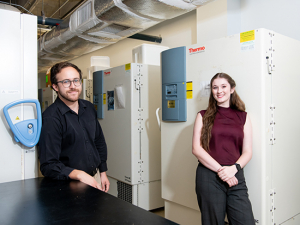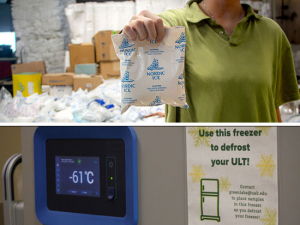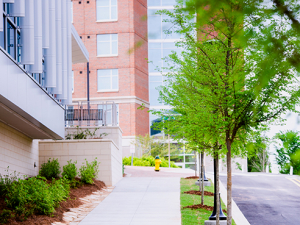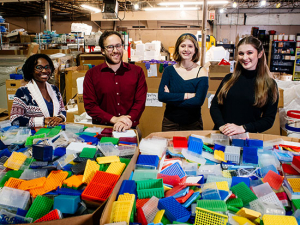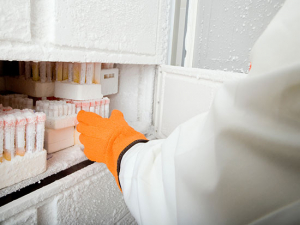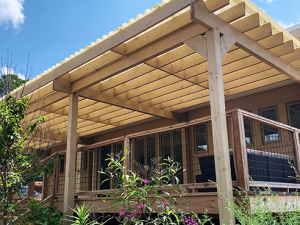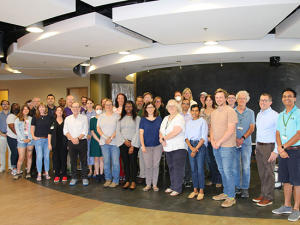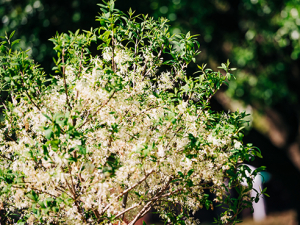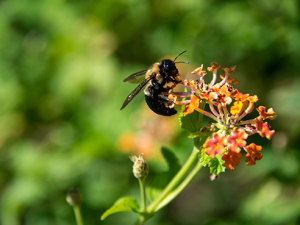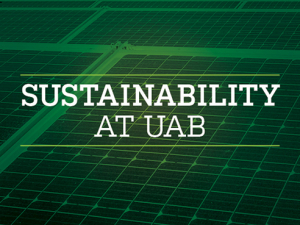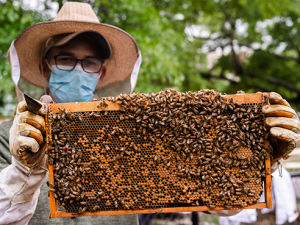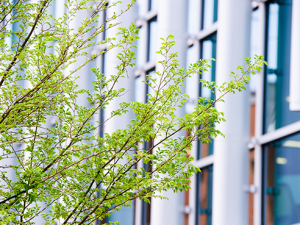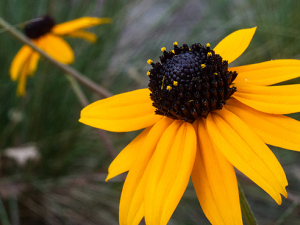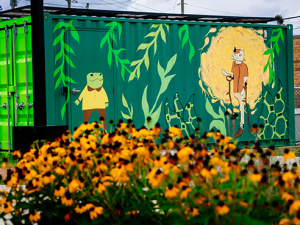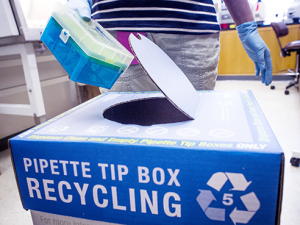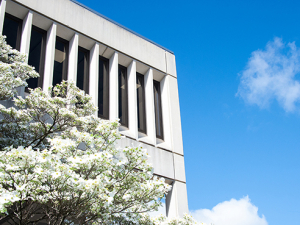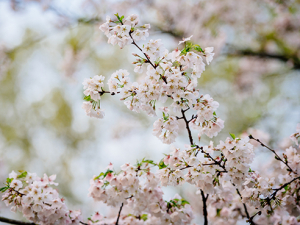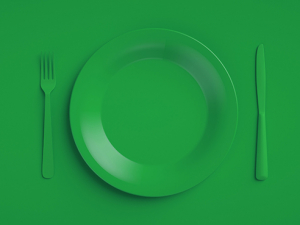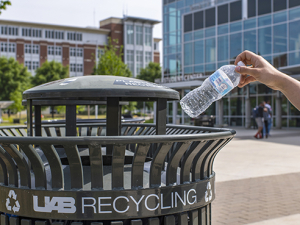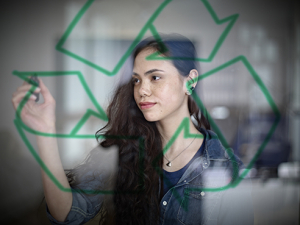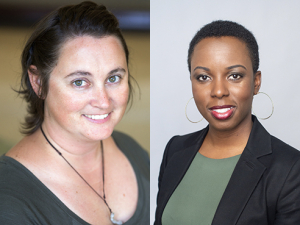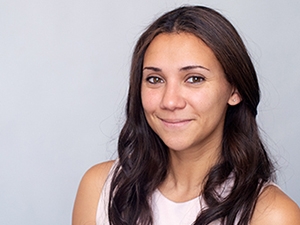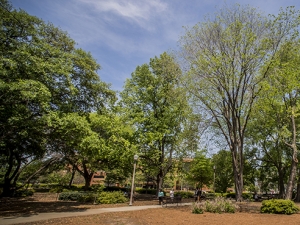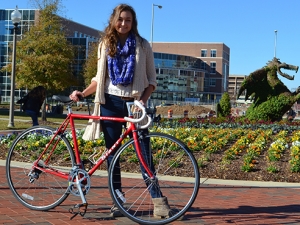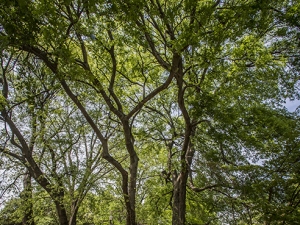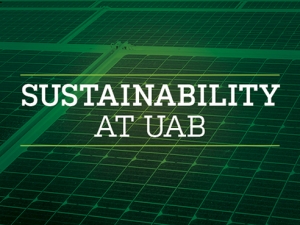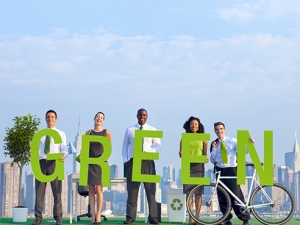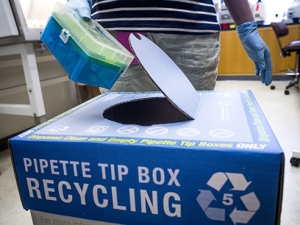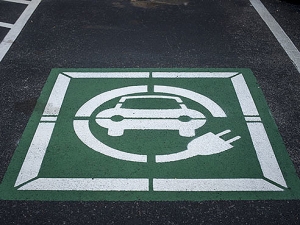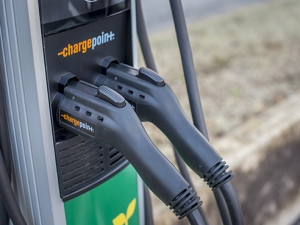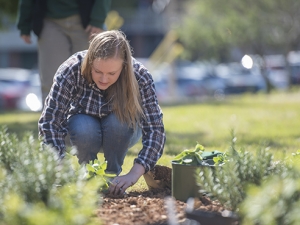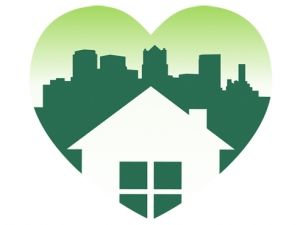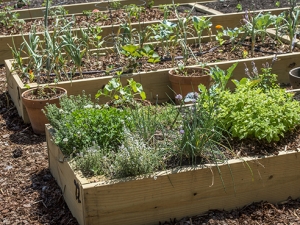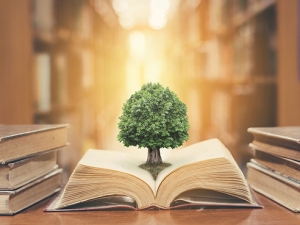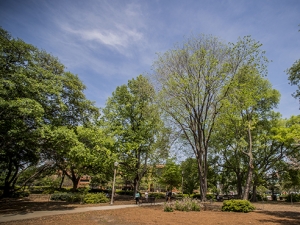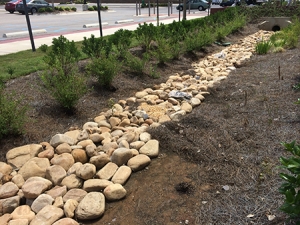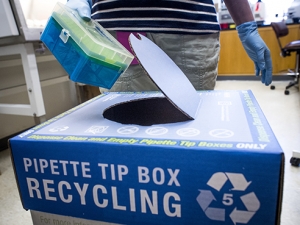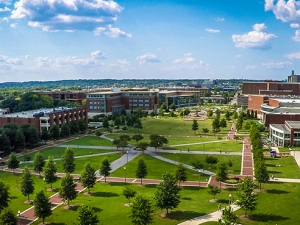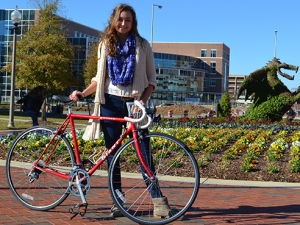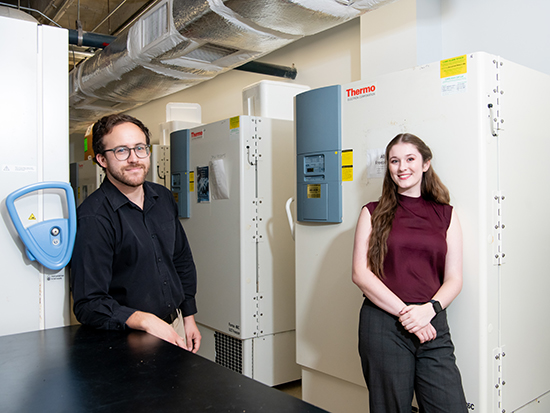 UAB Sustainability Coordinator Nick Ciancio and Green Labs Coordinator Emily Colpack in a "freezer farm" in the Civitan International Research Center.
UAB Sustainability Coordinator Nick Ciancio and Green Labs Coordinator Emily Colpack in a "freezer farm" in the Civitan International Research Center.
Photo by Jennifer Alsabrook-Turner | University RelationsCollege football coaches will tell you that getting to the top is not nearly so difficult as staying at the top.
Each year, labs around the world compete to post the biggest energy savings as part of the International Laboratory Freezer Challenge, a joint production of the nonprofits My Green Lab and the International Institute for Sustainable Laboratories (I2SL). Overall, more than 170 research institutions in 27 countries participated in 2023, saving an estimated 20.7 million kilowatt-hours in total.
The leader among academic institutions in 2023 — just as in 2022 and 2021 — was UAB and its UAB Green Labs Program. (Technically, UAB earned the Top Academic Sector award in 2021 and 2023; in 2022, ineligible for a repeat victory, it took the Winning Streak Award.)
Turning "a moment into momentum"
“We’ve turned a moment into momentum,” said UAB Sustainability Coordinator Nick Ciancio. “We had our first honorable mention in 2020 and we now save more electricity than almost anyone else. We have beaten our own record for energy savings each year. This year, we saved nearly 1 million kilowatt-hours, which is enough electricity to power 133 homes and equivalent to 685 metric tons of carbon dioxide. And we fully intend on breaking that record again next year.”
Become a Green Lab
Email greenlabs@uab.edu to start the process today.
“Winning three years in a row shows not only that our researchers care about sustainability but that we are truly fostering a culture of sustainability here at UAB,” said Green Labs Coordinator Emily Colpack. “Oftentimes, being sustainable requires simple changes, and our researchers show just that. They are able to take better care of their equipment and samples while being sustainable. It can’t get much ‘cooler’ than that.”
More than 150 labs on campus participate in the UAB Green Labs program, a partnership between UAB Sustainability and UAB Environmental Health and Safety (both part of UAB Facilities). Joining starts with an initial visit by Ciancio or Colpack, who provide the lab with a list of suggested changes to reduce energy consumption, waste generation, and water usage. Labs that make at least 40 percent of the suggested changes within six months become an official UAB Green Lab and are certified by My Green Lab. “We have the most My Green Lab-certified labs of any university in the world,” Ciancio points out.
One of the most effective energy-saving strategies is to “chill up” the minus–80-degree-Celsius freezers that many labs use for long-term sample storage. Research shows that moving from –80 to –70 degrees does not affect sample viability, but it has a major effect on energy use, Ciancio emphasizes.
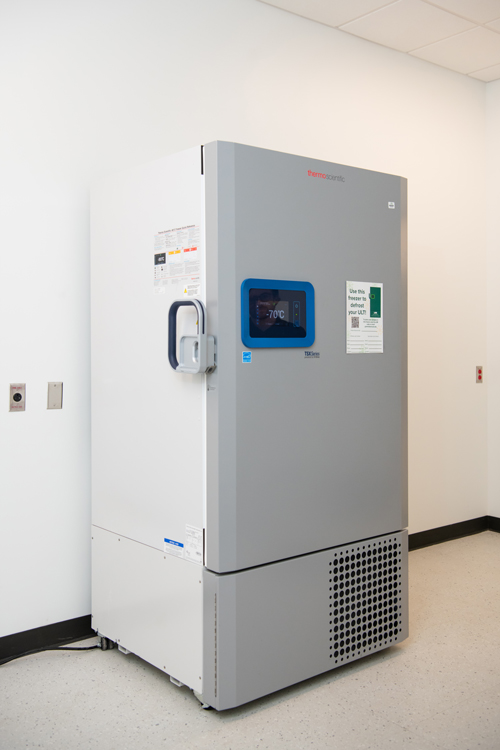 One of the six "floating freezers" operated by UAB Green Labs that are available for researchers to use while they defrost their own freezers — a key step in saving energy.
One of the six "floating freezers" operated by UAB Green Labs that are available for researchers to use while they defrost their own freezers — a key step in saving energy.
Photo by Jennifer Alsabrook-Turner | University RelationsAnother proven energy saver is to perform regular maintenance on freezers. But thawing a freezer means you have to have somewhere else to store samples in the meantime. UAB Green Labs has six “floating freezers” placed in research-intensive buildings across campus, Ciancio says. (Sign up to reserve floating freezer space here.) UAB Green Labs also offers a free coil and filter cleaning service and tools for clearing frost, which can be reserved using the same link above.
These UAB labs saved the most
UAB Green Labs awards prizes to the labs that record the biggest energy savings over the Freezer Challenge recording timeframe, August 2022 to July 2023 (the top two labs received a stipend to send a representative to the International Institute for Sustainable Laboratories, or I2SL, conference in California this October; the third-place lab earned a pizza party or a trip to a local restaurant).:
- First place: UAB OB/GYN Research & Diagnostic Laboratory (directed by Akila Subramaniam, M.D., associate professor, Department of Obstetrics and Gynecology) – (Ruth Robinson, UAB Green Labs Representative)
- Second place: lab of Barbara Van Der Pol, Ph.D., professor, Division of Infectious Diseases (Tatyana Gavrikova, UAB Green Labs Representative)
- Third place: lab of Ken Waites, M.D., professor, Department of Pathology (Donna Crabb, UAB Green Labs Representative)
The UAB OB/GYN Research & Diagnostic Laboratory performs maternal screening services for UAB clinics and a large external OB/GYN practice in Birmingham — about 70,000 patient tests per year — and maintains a biorepository with more than 75,000 specimens for a number of major research studies ongoing in the UAB Department of Obstetrics and Gynecology. They have also been an active participant in the Green Labs Program since 2019 and have participated in previous Freezer Challenges.
Edberg lab earns honorable mention
The lab of Jeffrey Edberg, Ph.D., professor in the Division of Immunology and Rheumatology, earned an honorable mention in the individual category in the 2023 Freezer Challenge.
What were some of the changes that the lab made through the Freezer Challenge? “One change was going through old samples and discarding those no longer needed — some that were 25 years old,” said Robinson, administrative specialist in the OB/GYN Research and Diagnostic Laboratory. “This emptied at least three sub-80-degree Celsius freezers. Perhaps the main change was getting the approval from Dr. Akila Subramaniam to warm all the freezers up to minus 70 degrees Celsius. We also had Green Labs in to do filter cleaning for 11 of our minus-70-degree freezers.”
What would Robinson say to other labs considering joining the Freezer Challenge or the Green Labs Program? “The first step is easy: Have Emily and Nick from Green Labs come and give an overview of their services and things the lab can do to start saving energy,” she said. “From there, it can be decided whether an inventory would help determine which specimens need to be kept. Perhaps the largest step would be to warm up all minus-80-Celsius freezers to minus-70-Celsius.”
“Researchers know the Green Labs program,” Ciancio said. “They have learned throughout the years that we are not trying to compromise their safety or research. Safety is our first priority, then research integrity, then energy savings, in that order.”
